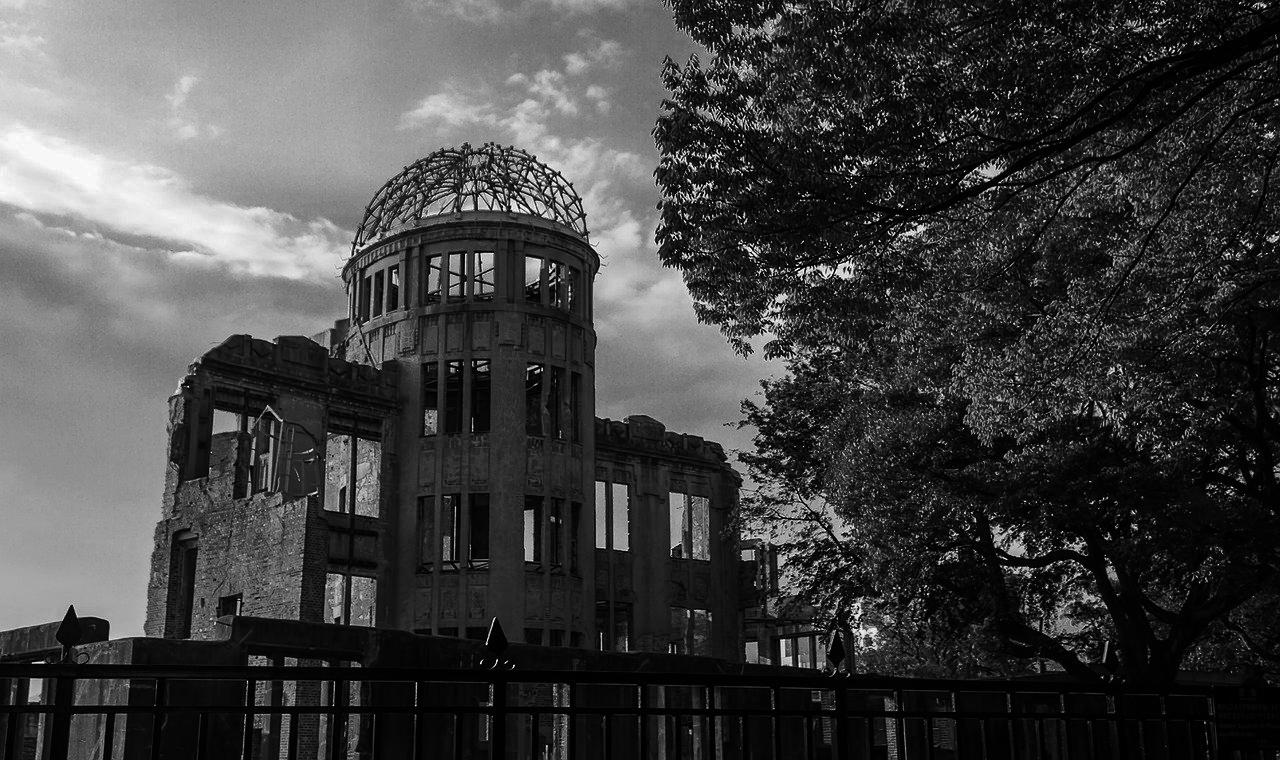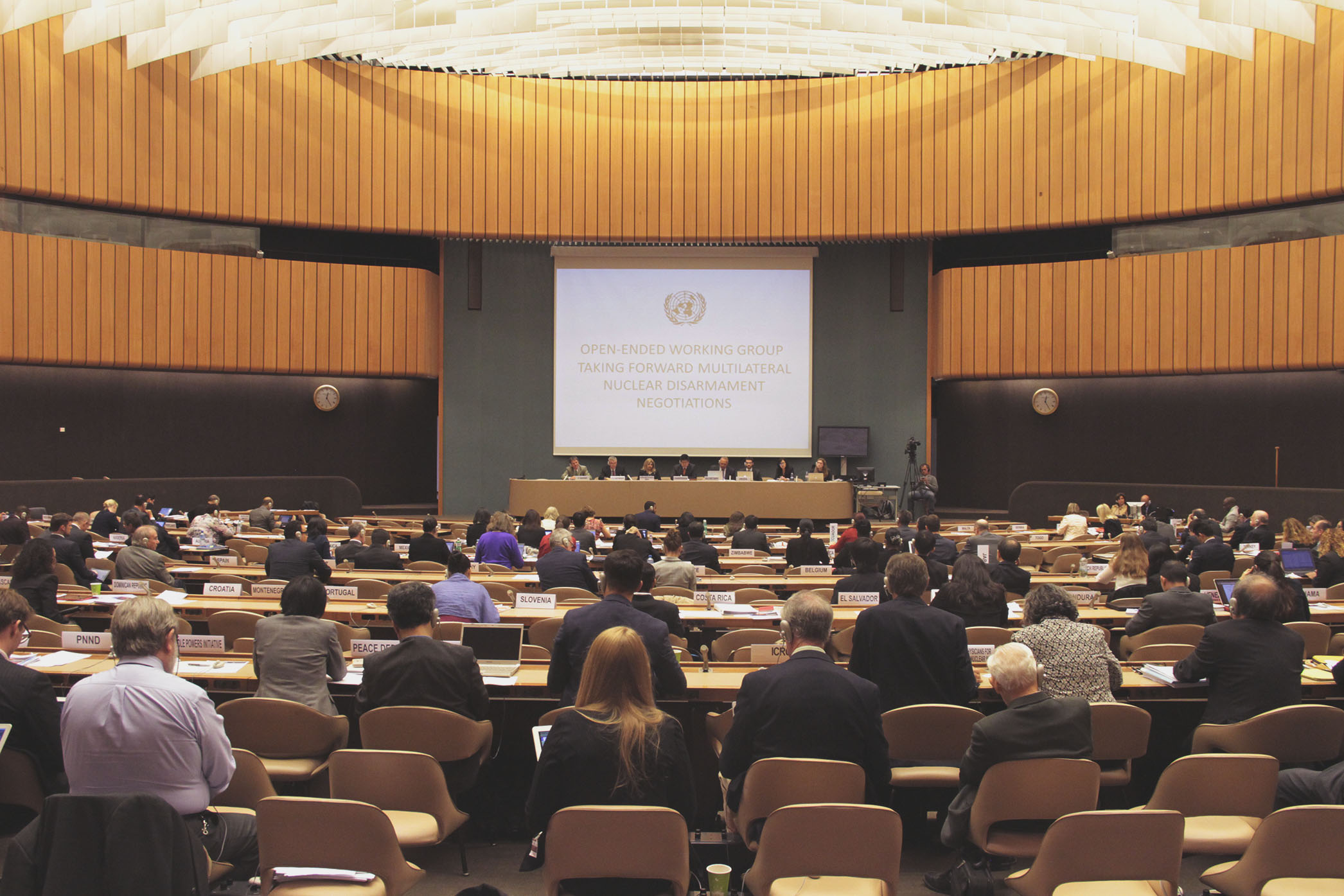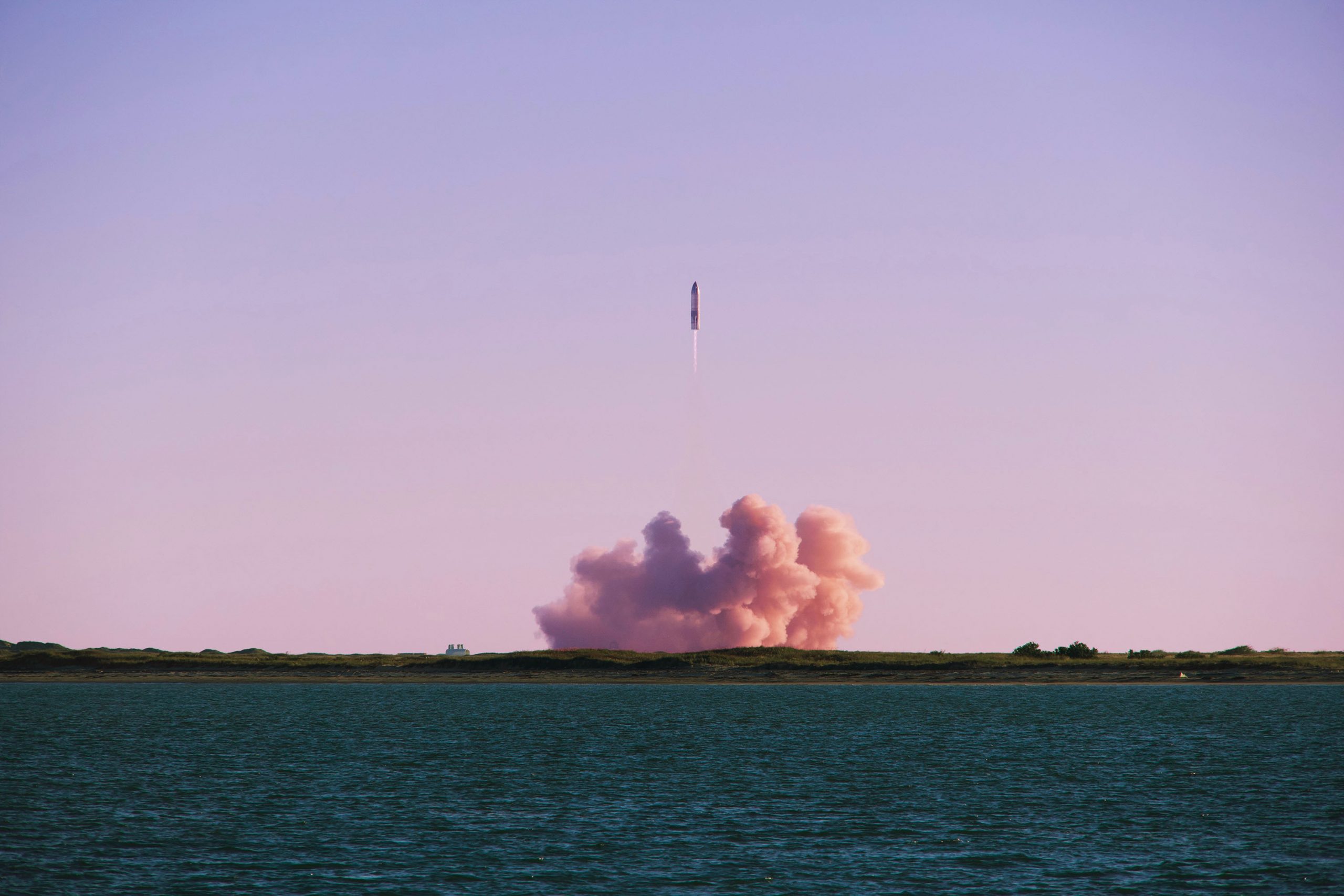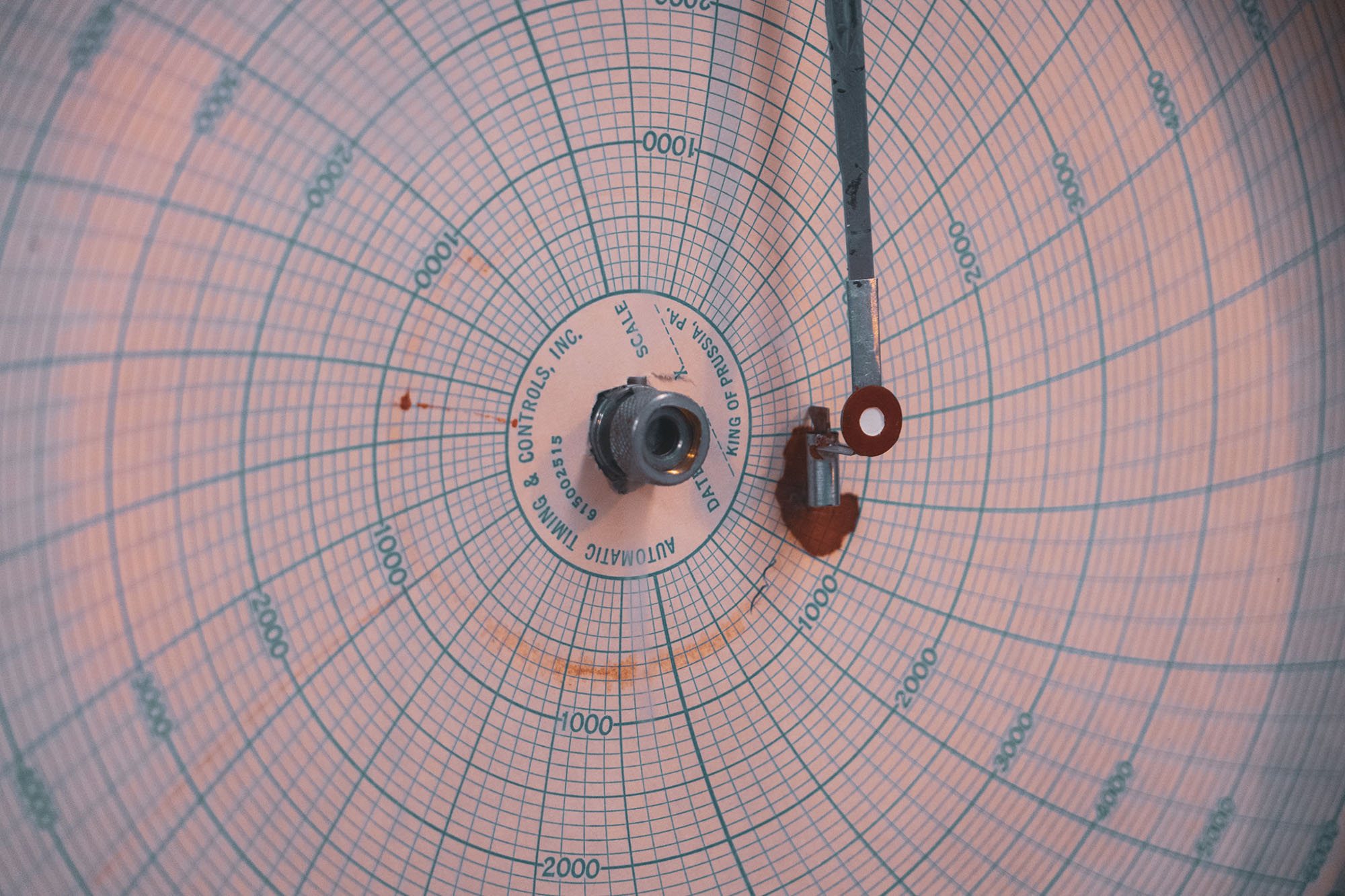Hibakusha: The Human Cost of Nuclear Weapons
Disclaimer: In this commentary, we chose to focus exclusively on the experiences of Japanese hibakusha following our interviews with two Japanese participants of the 75th Anniversary Nagasaki Nuclear-Pandemic Nexus Scenario Project. However, it is important to note the struggles of many non-Japanese atomic bombing survivors including Koreans (who comprised around 10 percent of the victim population), Chinese, Brazilians, Peruvians, Japanese-Americans, as well as other prisoners of war.[1]
Last year marked the 75th anniversary of the atomic bombings of Hiroshima and Nagasaki. The horrors of the use of nuclear weapons do not end with those who die, but live on in those who survive. The last generation of hibakusha, survivors of the atomic bomb, continue to work tirelessly towards preserving their legacy as advocates of nuclear weapons abolition and peace.
Due to blast pressure, radiant heat, and ionizing radiation caused by the two atomic bombs, approximately 140,000 people in Hiroshima and 73,000 people in Nagasaki died instantaneously or within the first five months following the bombings. Roughly 270,000 people from Hiroshima and Nagasaki survived the first five months and became hibakusha.[2] Dr. Masao Tomonaga is a Nagasaki hibakusha who was only two years old during the atomic bombings. Later in life he became a physician specializing in leukemia treatment, and worked at the Nagasaki Atomic Bomb Hospital as well as a nursing home for Nagasaki atomic bomb survivors. His medical expertise and experience in treating hibakusha patients offers deep insights on the physical and psychosocial repercussions of nuclear weapons.[3]
One of the main, more immediate health effects experienced by the hibakusha was burn wounds due to heat rays emitted by the bombs. People within 0.5-1.5 kilometers of the epicenter, especially those who were outdoors during the time of the blasts, were severely burned. “Can you imagine, the soft, smooth skin of your face being badly burned, eventually replaced by scars?” said Tomonaga, his voice grim.[4] Large areas of burnt skin soon peeled off due to the death of body tissues, causing the victims to suffer from excruciating pain and bleeding.[5] Some of these wounds became infected — “There were no good drugs such as antibiotics immediately after the bombings, so some wounds suppurated and discharged pus,” he continued.[6] Some victims were so badly burned they had to receive multiple skin graft surgeries because their skin could not regenerate on its own.[7] Although most of these burn wounds began to heal after a few months, oftentimes the skin did not regenerate smoothly, forming keloids instead.[8] Keloids are thick, fibrous, scar tissues that grow over the burn wounds. Keloids located in certain areas can impair movement. Facial keloids, for example, can cause difficulties in blinking, speaking, and swallowing.[9] It is still unclear as to why keloids were so frequently formed on hibakusha; however, some medical researchers speculated that radiation exposure in addition to the heat rays may have caused an unusual healing process.[10]
Such physical complications also led the survivors to face a range of negative social consequences. Many young survivors suffering from residual injuries and diseases faced discrimination in terms of employment and marriage. Female hibakusha, in particular, were regularly rejected as marriage candidates either owing to aesthetic disfigurations caused by burn wounds or suspicions concerning the hereditary side effects of radiation.[11] For instance, Tomonaga spoke of a former nurse named Tsuyo Kataoka, one of the many female survivors with severe facial keloids who struggled to find a partner and abandoned all hope for marriage.
Another serious health effect experienced by the hibakusha was the emergence of leukemia and solid cancers due to radiation exposure. Leukemia was first identified in the hibakusha a few years after the bombings as damaged cells transformed into malignant leukemia cells over time.[12] In the late 1940s, doctors in both Hiroshima and Nagasaki began noticing a significant increase of leukemia cases in hibakusha patients. Following the excess rate of leukemia during the next decade, the 1960s saw a gradual increase of radiation-induced solid cancers, peaking at around the year 2000. The types of cancers that emerged in the hibakusha include “lung, breast, thyroid, stomach, colon, liver, skin, and bladder.”[13] Having had their entire bodies exposed to radiation, some hibakusha even suffered from multiple cancers.[14] “I have seen hibakusha patients who have suffered from five different types of cancers,” recounted Tomonaga. “For example, a female patient would first suffer from breast cancer. Second, colon cancer. After several years, lung cancer. Fourth cancer—a blood disease. Fifth cancer—pancreatic cancer. And this fifth cancer would finally kill her.” Tomonaga clenched his fist. “As a doctor, I think this kind of situation is genuine proof that atomic bombs are anti-humanitarian in nature.”[15]
Fears of transmitting genetic illnesses further heightened the stigma associated with the hibakusha and their families, especially amid a leukemia wave during the aftermath of the bombings. Hibakusha were forcibly displaced and settled in “atomic slums” (genbaku suramu), experiencing years of deprivation and isolation. In addition to the stress of social segregation, hibakusha suffered from anxieties surrounding radiation. Dr. Kae Takase, current Vice President of the Governance Design Laboratory and senior manager at the CDP Japan, spent her summers in Hiroshima as the granddaughter of an atomic bombing survivor. According to Dr. Takase, the deep fears of biological aftereffects internalized by the hibakusha were even more psychologically damaging than discrimination from others.
In a time when mental health resources were scarce, Dr. Tomonaga and his fellow medical colleagues served dual roles as clinical physicians and counsellors. Based on the personal observations of Tomonaga and other doctors, the survivors underwent seasonal mood shifts; every year, the general emotional condition of hibakusha would deteriorate as the anniversary of the atomic bombings approached nearer. Tomonaga noted how his patients faced difficulties sleeping from as early as July, enduring nightmares that drove the hibakusha to relive the traumatic episodes of the nuclear explosions. As deep-rooted fears of radiation resurfaced, a number of hibakusha were prescribed sleeping pills in an effort to relieve their insomnia. Many patients noted how they were apprehensive about the “atomic bomb living inside” their bodies–– an inescapable parasite that would haunt the victims relentlessly.[16]
Whereas some survivors were more vocal about their bombing-related fears, a significant portion of hibakusha were either reluctant or unable to discuss what they had witnessed as they were so emotionally scarred by the nuclear disasters. The catastrophic scale of the attacks resulted in pervasive post-traumatic stress disorder among atomic bombing survivors, many of whom carry a burden of silence. “My grandfather never ever talked about the bomb,” remarked Takase solemnly.[17] Profoundly affected by the harrowing scenes of the nuclear attacks, several hibakusha like Takase’s grandfather avoided even broaching the tragic events of 1945, let alone their own personal accounts as survivors. Such immense anguish endured during and after the bombings, coupled with social pressures to conceal their histories as atomic-bomb survivors, led hibakusha to experience compounded trauma.[18] Psychiatrists at Nagasaki Medical College referred to this specific PTSD among atomic-bomb victims as genbaku bura-bura byo or “atomic-bomb numbness syndrome.”[19] The syndrome was characterized by an “apparent emotional numbness,” particularly with survivors of working age who demonstrated a “loss of willingness to work.”[20] Tsuyo Kataoka—only 17 years old at the time––was left all alone as her eight family members all perished in the Nagasaki bombing. For 35 years, she remained completely silent about her experiences as a hibakusha; overwhelmed with feelings of sin, she believed that the atomic bombings were a punishment from the heavens. Only after a visit from the Roman Catholic pope was she finally freed from this seemingly unceasing internal conflict and guilt as the sole survivor in her family. Relieved from such emotional conflict, she became an active advocate for disarmament in Nagasaki and passionately delivered her testimony to various youth.
Fueled by both the immediate devastation and ongoing aftereffects of the atomic bombings, several survivors like Kataoka have striven to prevent the recurrence of another nuclear explosion via a variety of activist efforts. Not only has Dr. Masao Tomonaga dedicated much of his life to treating and studying the medical consequences of the atomic bombs as a clinical doctor, but he has also played a pivotal role in espousing the abandonment and eradication of nuclear weapons. Descendants of hibakusha such as Takase and her mother have also been empowered to promote peace and effect positive change in their respective fields; while her mother taught at an exchange school to foster international communication, Dr. Kae Takase has been working to peacefully solve the issue of climate change caused by humans.
These efforts alone, however, cannot nullify the irreversible, long-lasting destruction and trauma brought about by the atomic bombings of 1945. The Hiroshima and Nagasaki bombs were only 16-kiloton and 21-kiloton respectively. Many of today’s atomic weapons are at least 100 kilotons.[21] When considering the sheer magnitude of the human pain and suffering experienced following the Hiroshima and Nagasaki bombings, the devastating impact of current nuclear weapons is truly unimaginable. Most recently, many hibakusha have voiced their disappointment in response to Japan’s refusal to sign the UN Treaty on the Prohibition of Nuclear Weapons, which entered into force on January 22, 2021.[22] In the face of continued uncertainty, we must listen to the voices of the hibakusha and work to prevent the recurrence of another atomic disaster.
Elaine Natalie is an APLN Policy Fellow, Katie Yoon is a former APLN Research Intern.
Notes
[1] Ágota Duró, “A Pioneer among the South Korean Atomic Bomb Victims: Significance of the Son Jin-doo Trial,” Asian Journal of
Peacebuilding 4, no. 2 (2016): 271-292.
[2] Masao Tomonaga, “The Atomic Bombings of Hiroshima and Nagasaki: A Summary of the Human Consequences, 1945-2018,
and Lessons for Homo Sapiens to End the Nuclear Weapon Age,” Journal for Peace and Nuclear Disarmament 2, no. 2
(March 2019): 493.
[3] Special thanks to Dr. Masao Tomonaga and Dr. Kae Takase for sharing their experiences and insights with us.
[4] Masao Tomonaga, interview by Elaine Natalie and Katie Yoon, December 3, 2020.
[5] Tomonaga, “The Atomic Bombings,” 495.
[6] Tomonaga, interview by Natalie and Yoon.
[7] Tomonaga, “The Atomic Bombings,” 505.
[8] Tomonaga, “The Atomic Bombings,” 495.
[9] Tomonaga, “The Atomic Bombings,” 507.
[10] Tomonaga, “The Atomic Bombings,” 506-507.
[11] Tomonaga, “The Atomic Bombings,” 507..
[12] Tomonaga, “The Atomic Bombings,” 507.
[13] Tomonaga, “The Atomic Bombings,” 508.
[14] Ibid.
[15] Tomonaga, interview by Natalie and Yoon.
[16] Tomonaga, interview by Natalie and Yoon.
[17] Kae Takase, interview by Elaine Natalie and Katie Yoon, December 1, 2020.
[18] Ashley Martinez, “Hiroshima and Mass Trauma Today: Treating Post-traumatic Stress Disorder in
Individuals and Communities,” International ResearchScape Journal, no. 3 (2015).
[19] Tomonaga, “The Atomic Bombings,” 502.
[20] Ibid.
[21] “How destructive are today’s nuclear weapons?” International Campaign to Abolish Nuclear Weapons (ICAN),
https://www.icanw.org/how_destructive_are_today_s_nuclear_weapons#:~:text=In%20modern%20nuclear%20arsenals%2C%
20those,and%20some%20are%20much%20higher.
[22] “Hibakusha Regret Japan’s Absence from Nuke Ban Treaty,” 2021, Nippon.com, January 22, 2021,
https://www.nippon.com/en/news/yjj2021012200162/.




